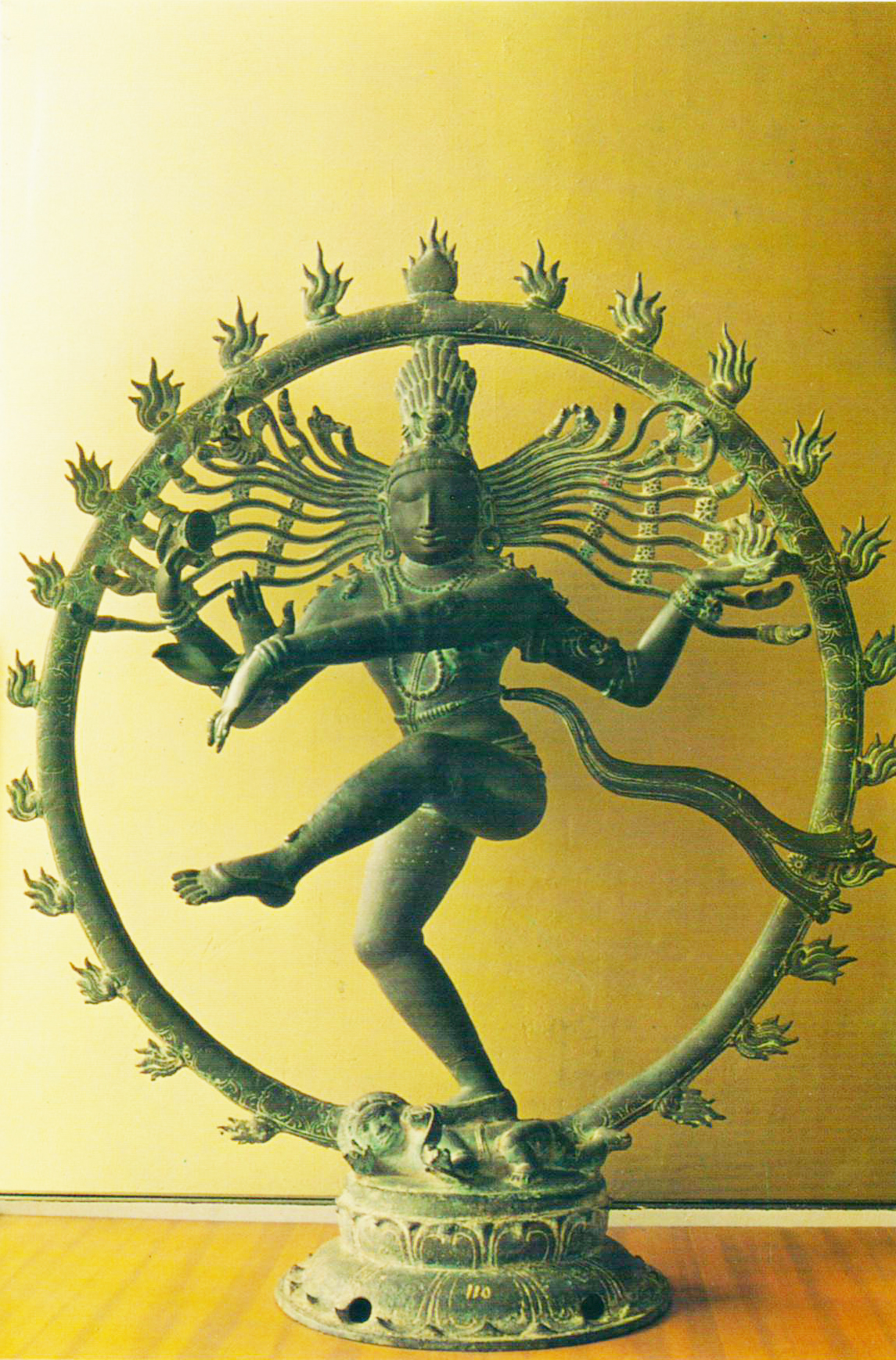The gudimallam linga, depicts the true nature of a Shiva linga, with the human form carved well within the limits of the linga. Here we see a sculpture of Shiva standing with a club on one side, the only sculpture where shiva is carved completely within the linga. We later see versions of the same in the Lingodbhavamurthi which shows only part of shiva, found at Kanchipuram and later temples in the southern regions.
We get to know more about the Pallavas from the 6th century onwards because of the constant clashes with the Chalukyas, but as far as early sculptures are concerned, the Gudimallam Linga, stands a class apart.
There are other interesting caves around the Pallava region. The caves at Dalavanur, are probably one of the earliest caves made by the Pallavas. This cave at Dalavanur, depicts the characterestics of the pallava caves with very confused dwarapalas, whose bodies are flexed rather awkwardly. Interestingly, the pillars are very bare and at the most have medallions which is a Chalukyan take off. This si actually in the Shatrumalla cave near Chennai. These caves were built during the period of Mahendravarman and have very square pillars on two ends with an octagon in the center. No yali figures accompany this cave which are so charcterestic to Pallavas. We see that the yali figures come in later constructions.












